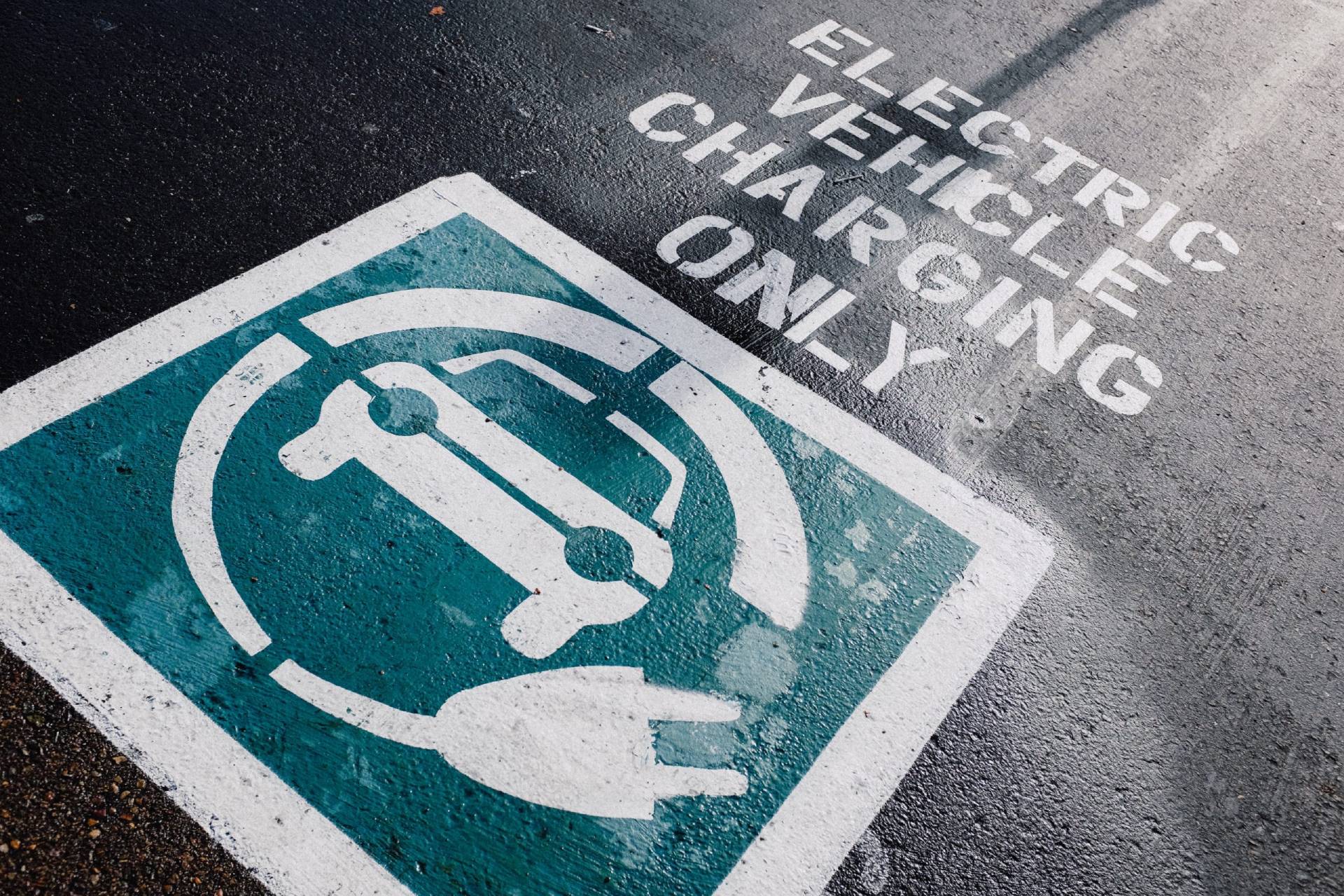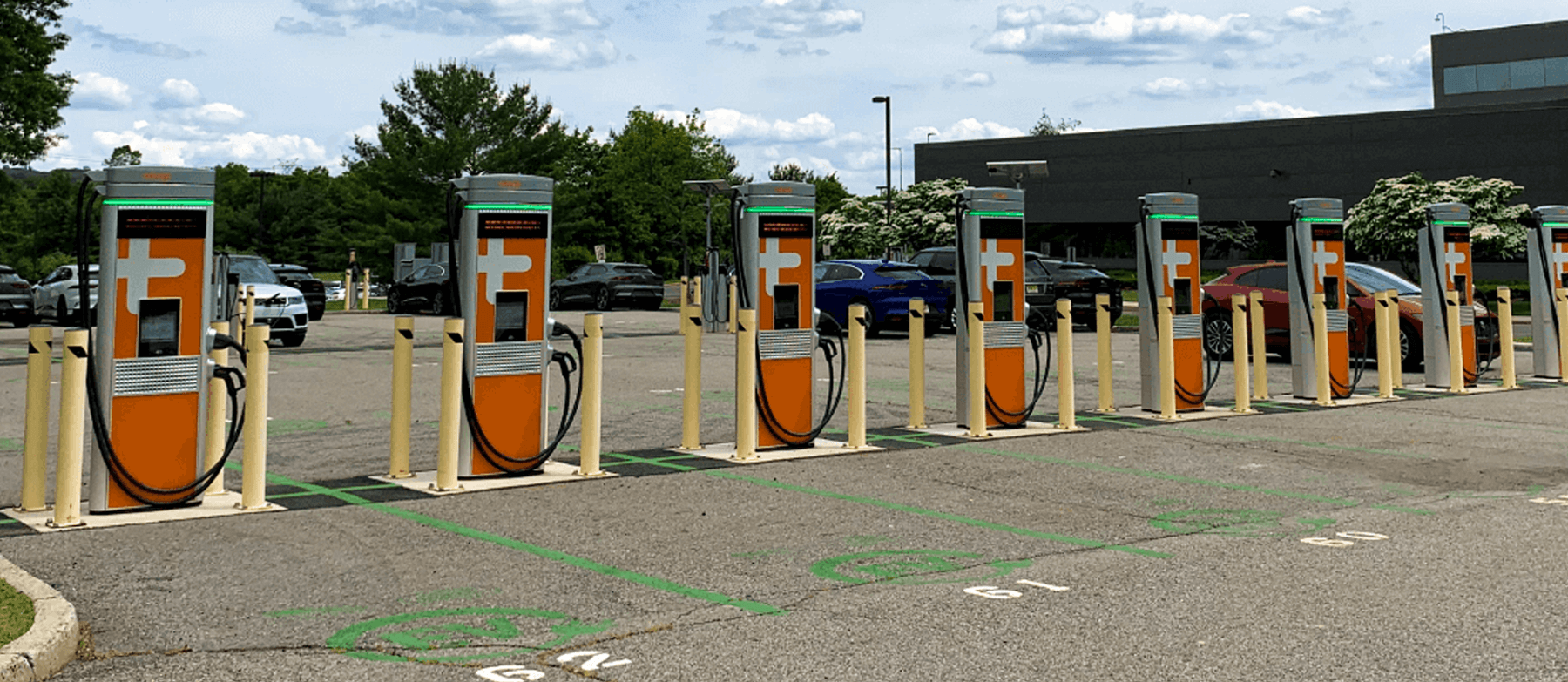What You Need To Know About Federal Grants for Buses & School Fleets
The yellow school bus first entered the U.S. transportation scene in 1939 and has since become an iconic symbol of American life and education. As a school district, transporting students to and from school is vital to ensuring you serve your community and prepare the next generation for the future.
With recent changes in statewide and federal guidelines, however, diesel-powered buses are slowly but surely becoming a thing of the past. As our public transportation services transfer to EV, it’s natural that school bus fleets evolve to meet federal regulations and clean energy opportunities.
But any investment in your school district’s fleet is going to prove a large expenditure of time and money. That’s where federal grants for buses and school fleets can make a difference for your community.
Serving Your School District
LilyPad EV, powered by Shields Harper & Co., is building the fueling network of the future. We have pioneered charging station planning and installation since 2009 and offer extensive electrical expertise with trusted trade partners. Our recent acquisition by SHC has only improved our ability to provide effective, well-thought-out solutions to meet your EV charging project expectations—no matter your industry.
We’ve worked with over 500 companies across 42 states and have installed charging stations at over 1000 locations nationwide. Our stations have charged EVs more than 2 million times. Our services include comprehensive consultation for your EV charging needs, site surveying, project management, and professional EV charging station installation.
With this expertise, you can rest assured that converting your fleet to EVs and outfitting your depots with fleet EV charging stations is an investment in your school distrct. Even more importantly, it’s an investment in your students.
However, you shouldn’t just take our word for it. We want to give you as much information as possible to make educated decisions as you manage your fleet. That’s why we want to explain everything you need to know about why 2022 is the perfect time to outfit your school bus fleet for the future.
Read on to learn more about federal grants for buses and school districts, the benefits of fleet conversion, and how to streamline your school bus fleet’s transition to EVs. That way, you can minimize your expenses and maximize the benefits for your students and community.
Federal Funding for School Buses
There are a variety of reasons you should consider converting your school district’s fleet to electric vehicles. Legislatures across the United States are passing bills mandating EV transition. Major vehicle manufacturers are planning a production future that increasingly looks all-electric. Additionally, public interest in EVs is at an all-time high. But that’s not all.
Most importantly, after the recent passive of the Bipartisan Infrastructure Law, there are new federal school bus fleet incentives.
With funding from the Bipartisan Infrastructure Law, the EPA’s new Clean School Bus Program provides $5 billion over the next five years to replace existing school buses with zero-emission and low-emission models.
These grants for buses and fleet conversion will go a long way to support school districts looking to update their transportation infrastructure. But that doesn’t mean the process doesn’t require some planning and consideration.
Some added benefits of this program include, but are not limited to:
- Cleaner air. Electric and alternatively-fueled buses eliminate or reduce school bus exhaust, which is linked to asthma.
- Reduced health risks, especially for children whose lungs are still developing.
- Reduced greenhouse gas emissions, which contribute to climate change.
- Grid resilience. Using bidirectional chargers, school buses can store energy for distribution to the grid when needed.
So, school districts looking to transfer their fleets to EVs will have long-term federal support for transfer efforts, including rebate opportunities for existing zero-emission or low-emission models in your district. LilyPad EV will work with you every step of the way to optimize your ROI and guarantee you receive the most support and success possible.
Additional Incentives
In addition to recent, broader federal programs, statewide grants and tax incentives make up most of the resources you’ll have to help cover the cost of installation and maintenance. For example, the IRS provides a tax credit to public entities that install EV charging stations equivalent to 30 percent of the installation cost, up to a cap of $30,000.
Some utility companies also offer incentives for installing EV charging stations at your travel center or station location. Since utility providers benefit from people using more power, they may provide incentives for school districts considering taking advantage of grants for buses and electrifying their fleet.
Learn more about EV charging station Incentives→
No matter the source of your incentives, you should make a point of consulting your accountant. Your accountant can help confirm if you qualify and should pursue these avenues to bolster your ROI. Many fleet managers struggle with the complications of this process, so you should make sure to leverage the assistance of skilled professionals. ChargePoint, our trusted industry partner, has a comprehensive guide to EV charging incentives region by region.
If you need something more hands-on, you should reach out to LilyPad EV. We will set up a meeting to go over your charging needs and how best to maximize your ROI.
The Benefits of Grants for Buses
The first step in this transition is to better understand EV alternatives and the benefits fleet EV charging stations provide your school district.
Cost Stability
As 2022 has shown, global, financial, and market instability can impact gas prices wildly. In fact, as of March 2022, it is three times more expensive to fill a combustion engine car’s gas tank than it is to charge an electric car, according to a March 14 report from the Zero Emission Transportation Association (ZETA), an industry group that represents electric car manufacturers. The group compared the price per mile to fuel the most popular gas-powered pickup truck, SUV, and sedan in the US to similar electric vehicles, using energy price data from the US Energy Information Administration and gas price data from AAA.
While we recognize that these statistics represent a moment in time, they speak to a truth about fuel: the price of fueling electric vehicles is more resistant to outside factors than traditional fuel alternatives. While it may not always be cheaper to charge EVs, cost will remain stable. And as EV technology improves, fleet EV charging stations will only become cheaper, more accessible, and more cost-efficient. This means converting your school bus fleet can save your school district money long-term.
Cheaper Maintenance
This might seem counterintuitive at first, but a major benefit to converting your bus fleet to EVs is the money you’ll save on repairs. With no oil to change, no engine to manage, and fewer parts to wear down, electric buses are cost-efficient and easier to maintain than internal combustion engine vehicles. This makes them an incredible investment long-term.
After all, taking steps to convert your school bus fleet now can help circumvent future state-level requirements and federal mandates down the road.
How to Make the Most Out Of A Fleet Conversion
So, knowing the benefits of converting your school bus fleet and recognizing the grants for buses available to you now, how do you take advantage of this opportunity? We encourage you to approach this conservatively. EV charging stations can be a significant expenditure, and you should treat this as what it is: an investment. Consult your accountant and take advantage of every incentive and grant you can to maximize your ROI.
LilyPad EV would never encourage you to jump into an investment without being fully informed. That’s why we’ve got some tips to help lay the groundwork for your fleet’s transition to electric vehicles. Make sure when you begin installing fleet EV charging stations that you keep these in mind for optimal, lasting results.
-
Analyze Total Cost of Investment
Outfitting a big fleet depot with the infrastructure necessary to charge an entire EV fleet effectively is no small undertaking. It will require a significant amount of engineering and planning, especially if there is no accessible and efficient power supply on-site. This is where the majority of early expenses will come from. Of course, retrofitting a smaller lot does not require the same kind of investment, so it’s important to clarify the tools you need for a successful conversion well before any retrofitting begins in earnest.
If that kind of investment doesn’t make sense for your district, there are ways to offset those costs, but pursuing a more progressive EV plan might be more worthwhile. Understanding those costs—and the benefits of EVs and fleet EV charging—is vital to the long-term success of any fuel integration plan.
1. Invest In What You Actually Need
You will need to base fleet EV charging solutions on your fleet’s routes and energy needs. This may be a mix of AC and DC fast charging hardware, or your situation may only call for Level 2 charging stations since you don’t need quick, commercial turn-around charging. It’s important you identify the specific needs and situation of your school district before making any installation plans.
Step 1 in that process: define your use case. Answer the following questions:
- How much Gear will your fleet need?
- How far are your vehicles going?
- What is demand like?
What do the demands of your fleet tell you about how to pursue your EV plan?
These considerations should dictate how you pursue your EV transition plan. And importantly, if you don’t have the answers, then it’s important to collaborate with EV experts who can help you frame those considerations for the long-term success of your fleet. That way, you can maximize your ROI and ensure the transition to EV infrastructure benefits your community.
Not every vendor can offer all types of charging, so it’s important to keep this in mind when selecting your EV charging partner.
2. Outfit Your Community for Convenience
Though there are many great EV charging station hardware developers, we would be remiss to mention our trusted business partners at ChargePoint. They are leading the way in implementing new charging stations for every type of charging use and have the largest EV charging network in the country.
Their stations are tested, well constructed, and have high utility. Not to mention, ChargePoint has a broad portfolio of distinct types of commercial stations to meet the spectrum of your school district’s EV charging needs. Not to mention, as trusted providers of quality EV charging appliances, there are support programs to help make your acquired grants for buses go further during the installation process.
3. Pick Someone Who Knows What They’re Doing
There’s a lot that can go into the installation of travel center EV charging stations. Too much trust in inexperienced providers can impact the success of your investment. As a result, it’s critical you find someone experienced.
As the only company with a full range of AC and DC fast charging hardware designed from the start to scale efficiently at a low cost per vehicle, LilyPad EV, powered by Shields Harper & Co, is well equipped to recommend a comprehensive and cost-effective fleet charging solution. This includes consultation services and installation for the hardware, software, and services your fleet needs to succeed.
Learn about what to look for in EV installers near you→
If you can’t count on turnkey service from your installers, it may negatively affect your community or impact long-term budgets for the schools in your district. We hang our hat on doing right by our customers, and you should expect no less from any potential installer you bring onto your fleet upgrade project.
Turn to LilyPad EV, the Experts Powered by Shields Harper & Co
LilyPad EV has been here since the very beginning of the EV market. We offer optimized, expert, turnkey solutions to meet your EV charging needs and benefit your commercial or multi-family residential buildings. The knowledge we’ve gained from over a decade of installing EV charging stations makes us an unmatched advisor in all things EV charging. This equips us to help you get the most out of your federal grants for buses and fleet transition.
Additionally, you can learn more about Shields Harper & Co’s acquisition of LilyPad EV and how we’re working together to revolutionize clean energy infrastructure for school districts and educational institutions across the country.
Contact us today to schedule a consultation & learn more about how LilyPad EV, powered by Shields Harper & Co, is an ideal partner to support your school district!




